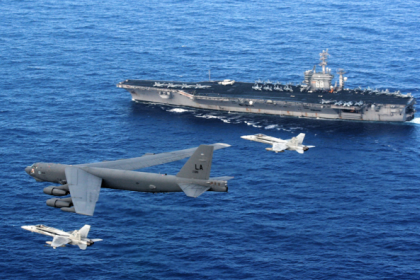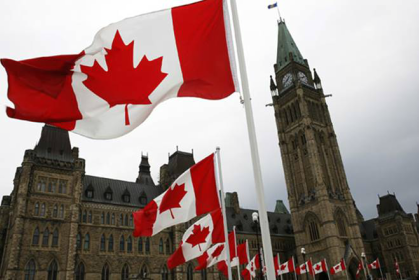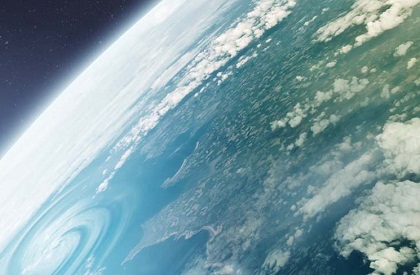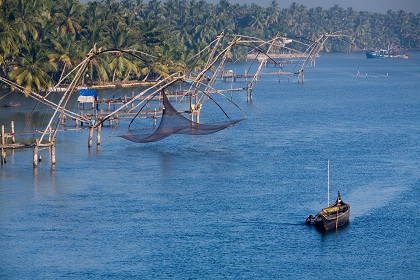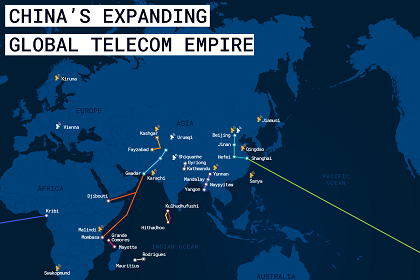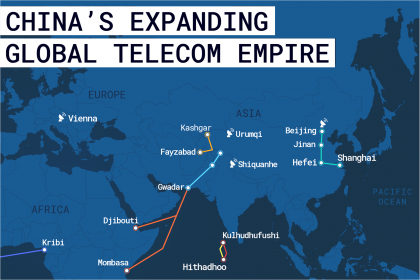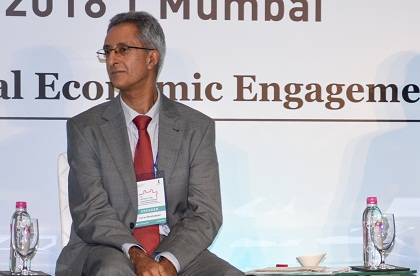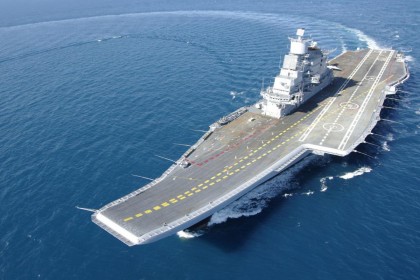Maritime security: a decade after 26/11
Ten years after the 26/11 terror attack, India’s maritime security is much stronger, with better inter-agency coordination and improved security structure. The Indian Navy was made responsible for maritime security overall, but no fool-proof and unambiguous command and control structure exists as yet.

